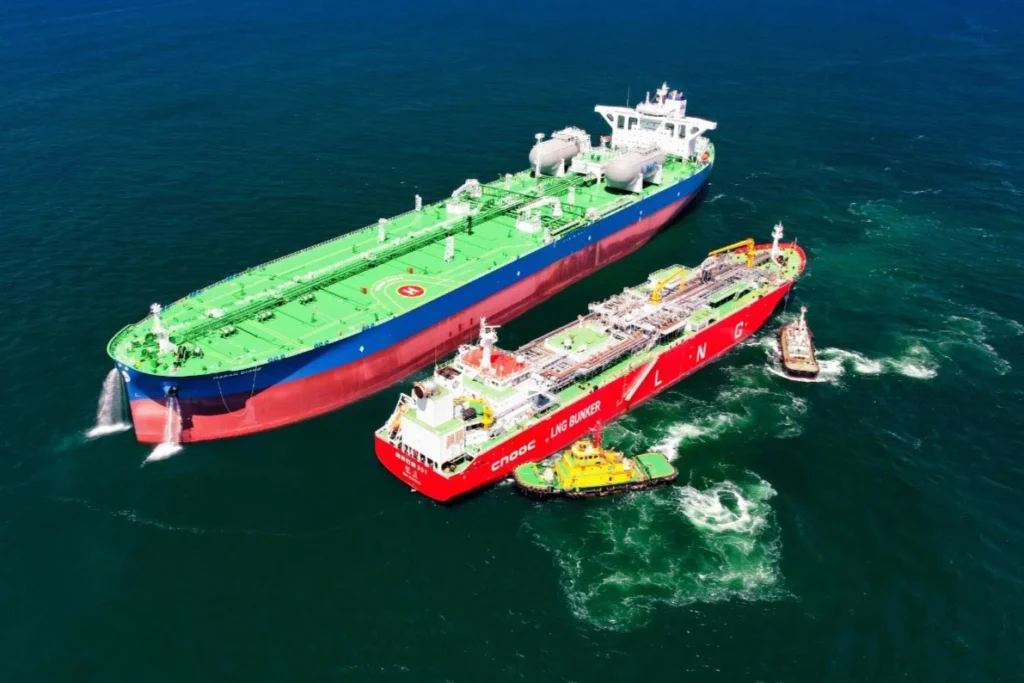The maritime industry is experiencing a shift towards greener operations, with a notable increase in the adoption of liquefied natural gas (LNG) as a marine fuel. This transition is driving demand for LNG bunkering vessels and port infrastructure. By the end of 2026, an additional 57 ports are expected to be upgraded with LNG bunkering facilities to support this growing market.
According to Intermodal Shipbrokers, the global fleet of LNG-capable vessels has expanded significantly, reaching 1,329 ships as of March 2025, with a total carrying capacity of 110 million gross tons (gt), making up 6.56% of the global fleet. In comparison, only 558 such vessels were in operation in 2021.
The newbuild segment is also growing, with LNG-capable ships accounting for 37.79% of the current order book, comprising 1,037 vessels. The LNG bunkering market has likewise seen increased activity, with 32 LNG bunkering vessels in operation by 2025, representing a combined capacity of 263,201 cubic meters—more than double the 2022 figures. Projections indicate a further 6% capacity increase in 2025 and an 18% rise in 2026.
Bunkering vessel ownership remains concentrated in East Asia and Europe, with most units built in shipyards in China and South Korea. The average age of these vessels is six years. In February 2025 alone, eight new LNG bunkering vessels were ordered, bringing the total order book to 28 ships with a combined capacity of 481,400 cubic meters. The trend suggests a shift towards larger vessels, with newly ordered LNG bunkering ships averaging 17,179 cubic meters in capacity, compared to the existing fleet’s average of 8,225 cubic meters.
The expansion of LNG bunkering infrastructure has also been notable, with the number of ports equipped with LNG bunkering facilities rising to 201 worldwide—60 more than in 2021. The continued growth in LNG-capable vessels and bunkering infrastructure is expected to further drive market expansion, with shipowners investing in LNG as a cleaner and commercially viable fuel alternative.
Furthermore, the maritime industry has seen a resurgence of engine retrofits to accommodate LNG fuel as a short-term measure to reduce carbon emissions. A report by Lloyd’s Register highlights how retrofitting ships for LNG use has become an increasingly viable option amid tightening environmental regulations.
Source: offshore-energy.biz
